15 Late-Season Garden Stars That Refuse to Fade
When fall arrives, many gardens start to lose their charm as flowers fade and leaves fall. But if you choose the right plants, your garden can still shine with color and texture through the cooler months. Some late-season blooms hold their ground, standing strong even as the weather changes. These plants are perfect for adding a touch of vibrancy to your outdoor space when you need it most. With hardiness and charm, they continue to provide visual interest even as other flowers fade away. The beauty of these plants lies not only in their appearance but in their ability to endure and adapt to changing conditions. By choosing the right late-season garden stars, you can keep your garden alive with color and life well into the colder months.
This post may contain affiliate links, which helps keep this content free. Please read our disclosure for more info.
Chrysanthemums
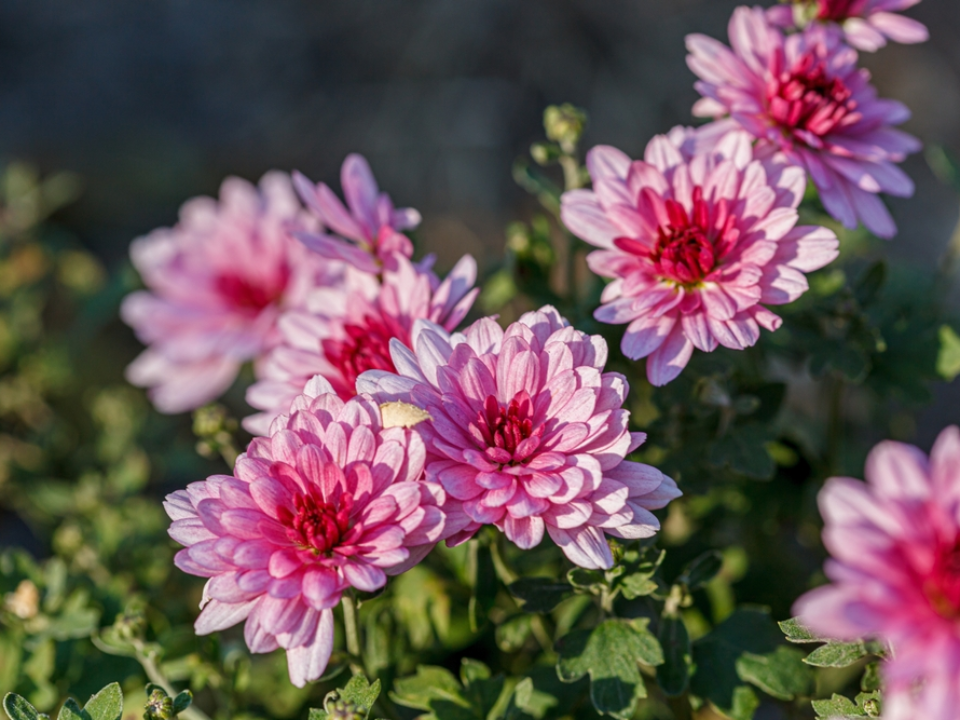
Chrysanthemums are a well-known and reliable choice for late-season gardens. These hardy flowers bloom in a wide range of colors, such as deep reds, oranges, yellows, and even purples, making them a vibrant addition to any garden during fall.
They typically bloom from late summer through the fall, continuing to shine as temperatures drop. Not only are chrysanthemums striking, but they are also relatively easy to grow, thriving in full sun and well-drained soil. Additionally, they attract pollinators, especially bees, providing a much-needed food source when other flowers have faded.
Asters
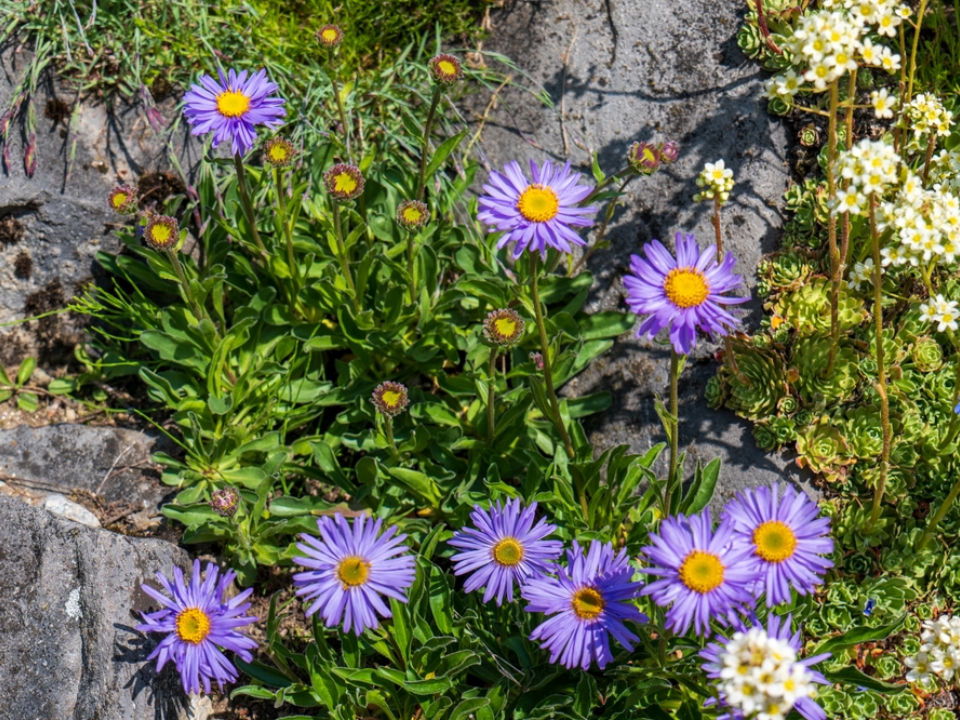
Asters, with their star-shaped blooms, are a beautiful late-season flower that can bring a burst of color when most gardens are starting to look bare. These flowers come in shades of purple, blue, pink, and white, and their vibrant petals can fill any garden with energy as the weather cools.
They typically bloom in late summer to fall, and they thrive in full sun to partial shade. Asters are great for adding a pop of color while supporting pollinators, especially bees, that visit the flowers for their nectar. Their strong stems and abundant flowers make them a perfect choice for garden beds and borders.
Japanese Anemone
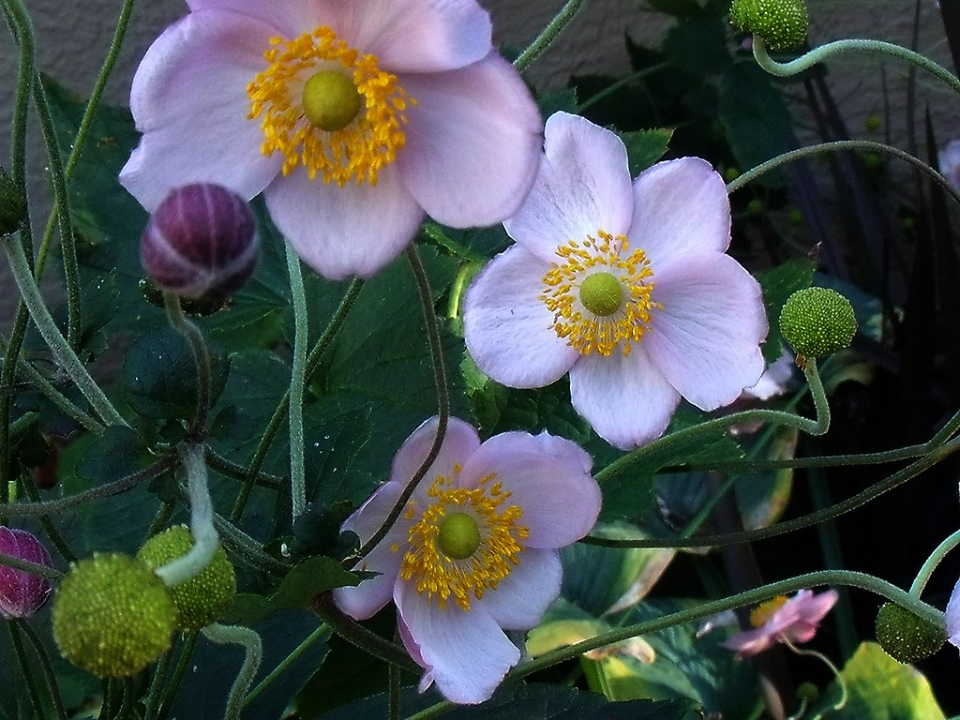
Japanese anemones are elegant plants that bloom in late summer through fall, offering delicate, cup-shaped flowers in white or soft pink. Their striking appearance, coupled with their graceful habit, adds a soft touch to gardens as other flowers start to fade.
These plants thrive in partially shaded areas and are ideal for adding height to garden borders. Japanese anemones can withstand light frosts and are low-maintenance once established, making them a perfect option for those seeking beauty with little upkeep. Their ability to bloom in the cooler months adds charm to any garden.
Sedum (Autumn Joy)

Sedum, particularly the popular ‘Autumn Joy’ variety, is a favorite for its late-season appeal. Its thick, fleshy stems and clusters of small, star-shaped flowers turn from soft pink to deep red as fall progresses, offering rich, contrasting color when many other plants have begun to fade.
This plant is exceptionally drought-tolerant, requiring minimal care once established, and it thrives in full sun. Sedum is not only a beautiful addition to your garden but also attracts pollinators, including bees and butterflies, providing essential late-season nectar. It also retains its structure throughout the winter, offering visual interest even after the blooms have faded.
Black-eyed Susan (Rudbeckia)

Black-eyed Susans are vibrant, daisy-like flowers that brighten up late-season gardens. Their golden yellow petals and dark brown centers offer a cheerful, sunshiny presence well into the fall, continuing to bloom as temperatures cool.
These flowers thrive in full sun and are relatively easy to grow, requiring little maintenance. Black-eyed Susans are hardy and can endure drought conditions, making them perfect for low-maintenance gardens. They also attract butterflies and birds, adding life and movement to the garden as the seasons change.
Coneflower (Echinacea)
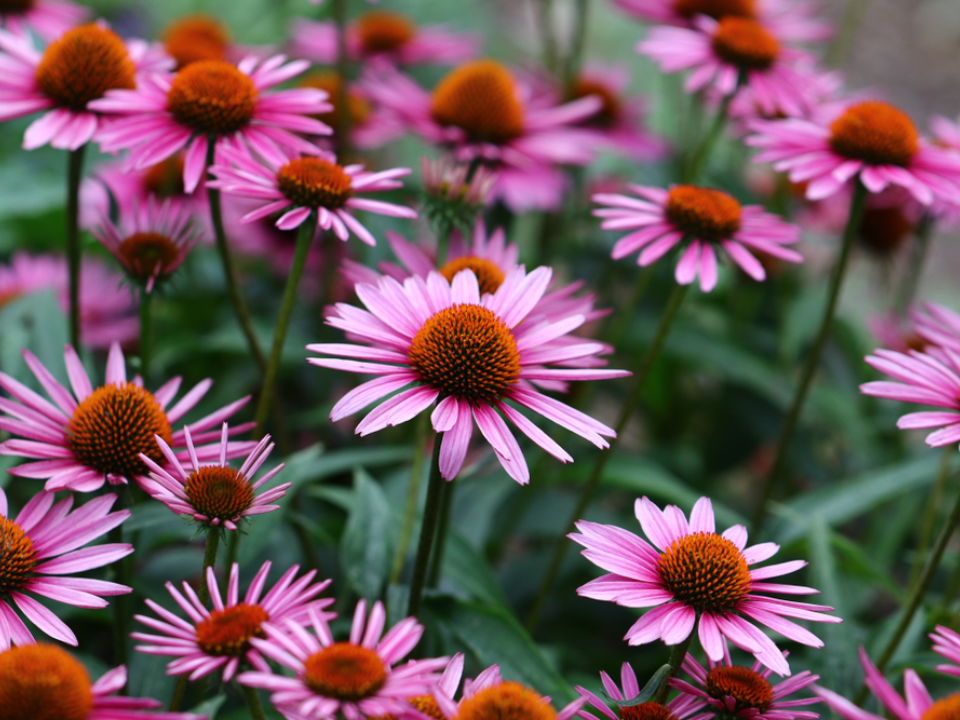
Coneflowers, with their iconic spiky petals and distinct purple hues, are an essential addition to any late-season garden. These tough, native plants bloom from midsummer to fall, providing a vibrant, long-lasting color in the garden when many other plants are winding down.
Coneflowers are known for being low-maintenance, requiring only occasional watering and well-drained soil. Not only do they brighten up the landscape, but they are also medicinal, with a long history of use in herbal remedies. Additionally, they attract pollinators like bees and butterflies, making them a must-have for any garden focused on supporting wildlife.
Autumn Crocus
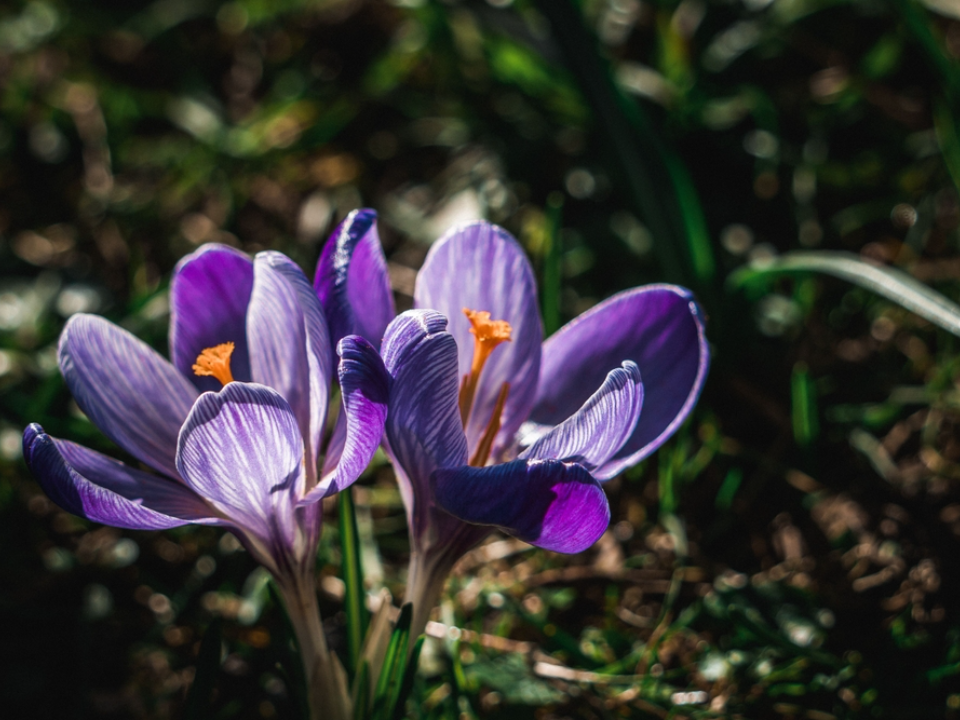
Autumn crocus is an unusual and enchanting flower that blooms in late fall, often appearing after the first frost. With its delicate, purple or white flowers, it brings a fresh burst of color to gardens when most other plants are dormant.
These crocuses prefer well-drained soil and a location with full sun to partial shade. Their late blooming period makes them a unique and reliable choice for adding color to the garden well into the cooler months. Moreover, autumn crocus is relatively easy to grow and deer-resistant, making it an excellent choice for areas with wildlife.
Goldenrod
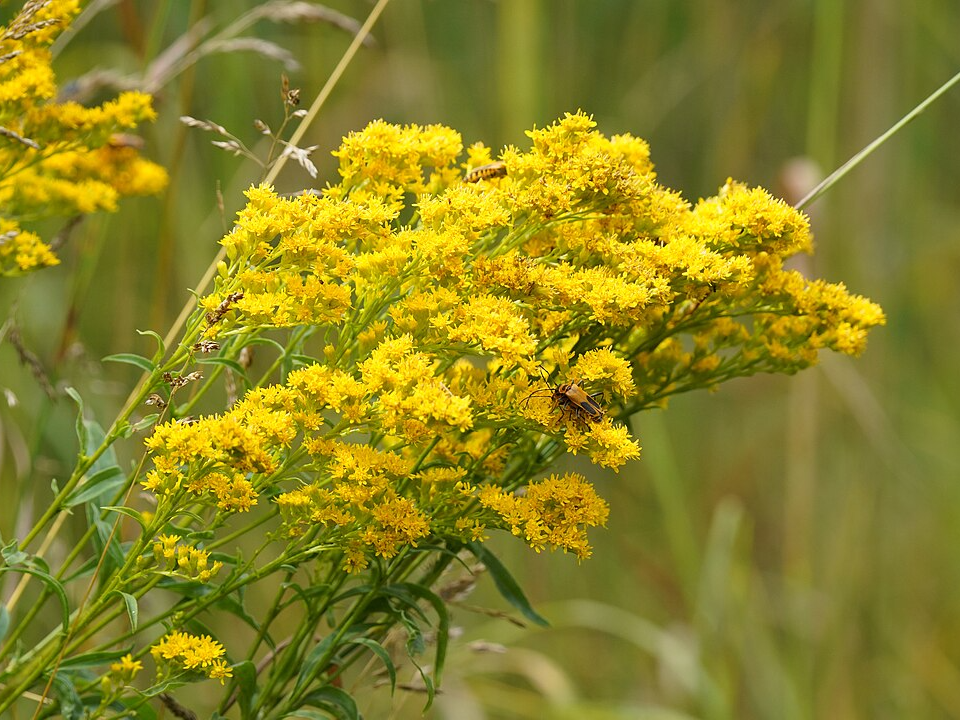
Goldenrod is an excellent late-season plant, producing tall, golden-yellow spikes of flowers that brighten up any garden. Its vibrant color provides a striking contrast to the browns and grays of fall, creating a cheerful atmosphere as the garden begins to wind down.
Goldenrod is highly attractive to bees, butterflies, and other pollinators, providing valuable nectar when other plants have stopped blooming. It thrives in full sun and well-drained soil, making it an easy-to-grow choice for a low-maintenance garden. As an added benefit, it can withstand light frost and continues to bloom until late fall.
Heuchera (Coral Bells)
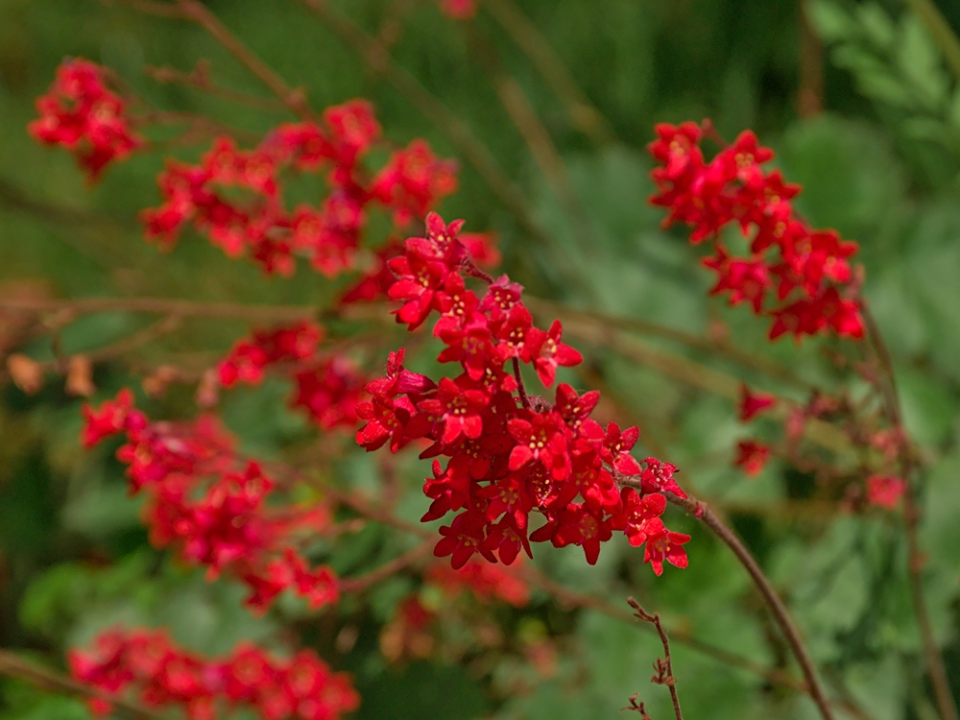
Heuchera, commonly known as coral bells, is a versatile plant that shines in late-season gardens with its colorful, often variegated foliage. These plants come in a range of colors, from deep burgundy to soft silvery green, providing rich texture and color when other plants have faded.
Coral bells are particularly suited to shady spots, thriving in partial shade to full shade with moist, well-drained soil. Their foliage often intensifies in color as the weather cools, making them a perfect addition for fall gardens. They also produce delicate flowers that attract hummingbirds and butterflies, enhancing both the visual and wildlife appeal of your garden.
Helenium
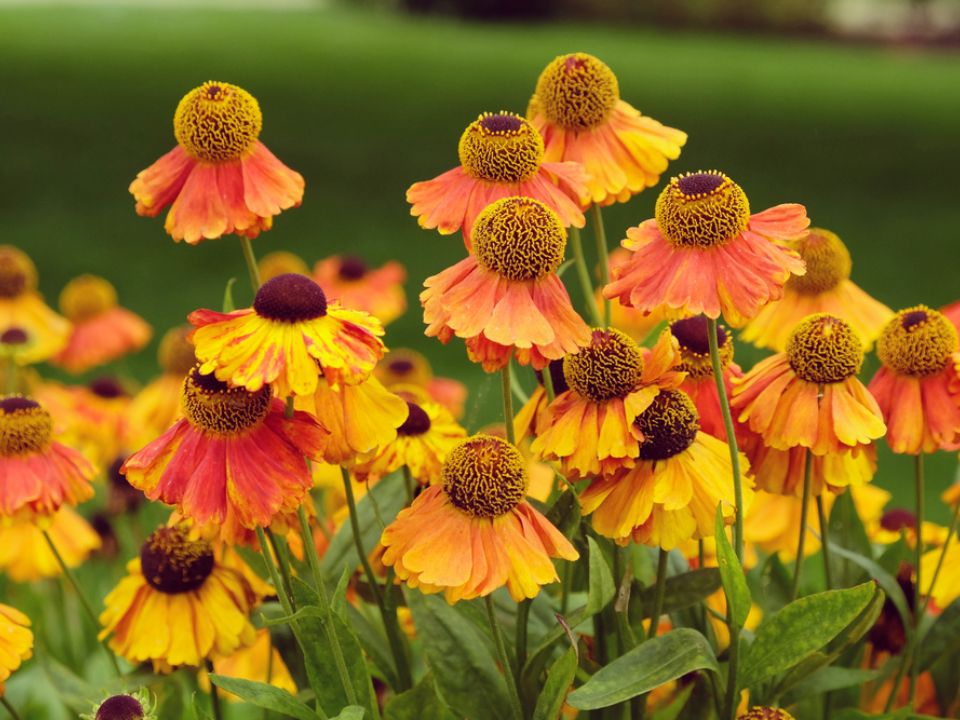
Helenium, or sneezeweed, is a brilliant late-season flower with its fiery red, orange, and yellow blooms. It starts to bloom in mid-summer and continues into the fall, making it a perfect addition to any garden looking for vibrant color as the season winds down.
This hardy plant thrives in full sun and well-drained soil, and it is particularly valued for its ability to attract pollinators like bees and butterflies. Helenium’s unique, daisy-like flowers stand tall above its foliage, offering an eye-catching feature in flower beds, and they remain fresh even as temperatures drop.
Salvia (Autumn Sage)

Salvia, especially varieties like autumn sage, is known for its late-season beauty, with vibrant red, purple, and pink flowers that provide a burst of color in cooler months. This plant blooms well into fall, continuing to attract pollinators long after many other plants have stopped flowering.
Autumn sage thrives in full sun and well-drained soil, and it’s highly tolerant of drought, making it a low-maintenance option for fall gardens. Additionally, the tubular flowers are a favorite of hummingbirds, bringing even more life and movement to the garden.
Toad Lily (Tricyrtis)
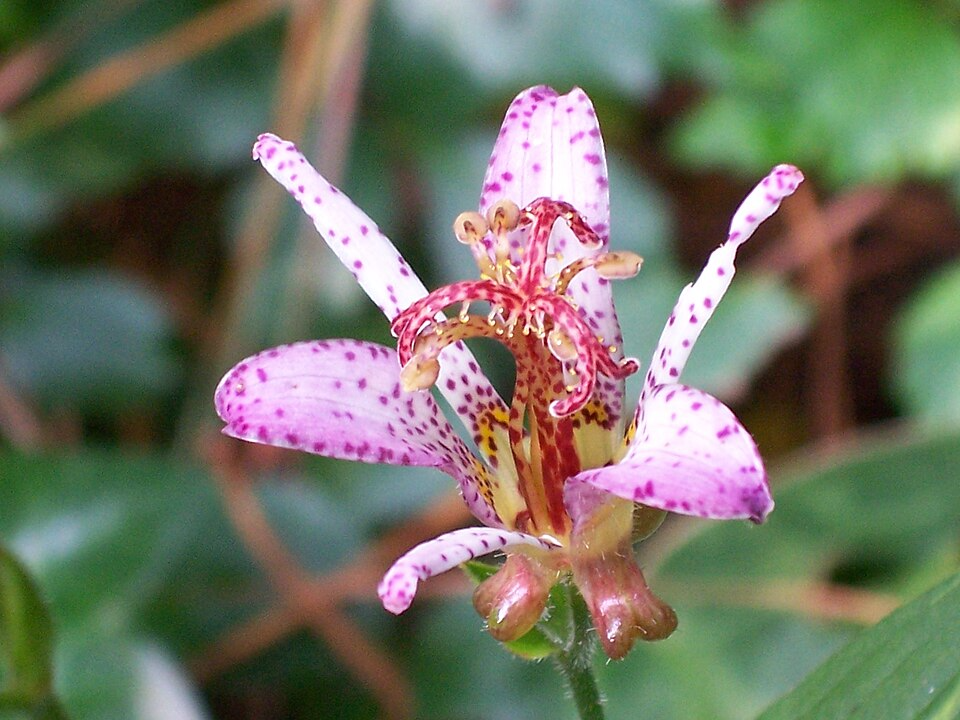
Toad lilies are unique late-blooming plants that offer an exotic look with their intricate, orchid-like flowers. Blooming in shades of purple, pink, and white, their spotted petals create a whimsical contrast against the dark green foliage, making them stand out in the fall garden.
These plants thrive in partial shade and moist, well-drained soil, making them perfect for woodland gardens or shaded corners of your garden. Toad lilies are hardy and can handle light frosts, continuing to provide interest long after other plants have begun to fade.
Cyclamen

Cyclamen are another delightful late-season bloomer, producing small, delicate flowers in shades of pink, red, and white. Their blooms rise above the heart-shaped foliage, creating a charming display in the fall months.
These plants prefer shady spots with well-drained, slightly alkaline soil, making them a great option for woodland gardens or shaded areas. Cyclamen are reliable, easy to grow, and will continue to bring color to your garden well into the cooler months.
Sweet Alyssum
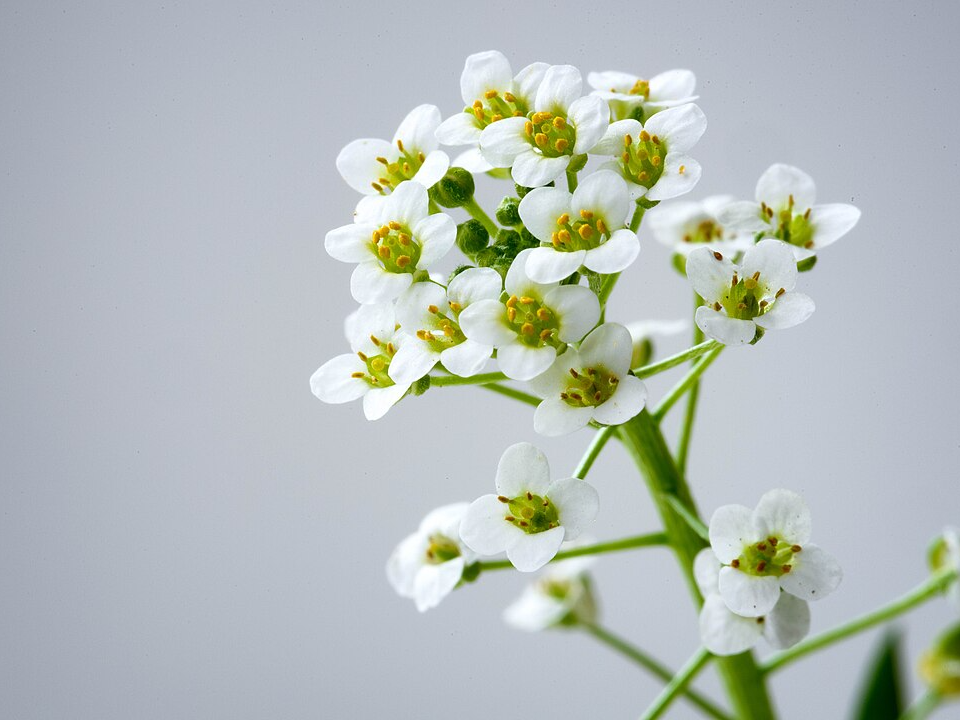
Sweet alyssum is a fragrant, low-growing plant that is perfect for adding a soft, sweet scent to late-season gardens. Its tiny flowers, available in white, pink, or purple, create a lovely groundcover that continues to bloom through the cooler fall months.
Alyssum thrives in full sun to partial shade and works well in containers or garden beds. It’s a great choice for attracting pollinators, particularly bees, and it’s an excellent option for filling in gaps between other fall flowers.
Lavender (Late-Blooming Varieties)
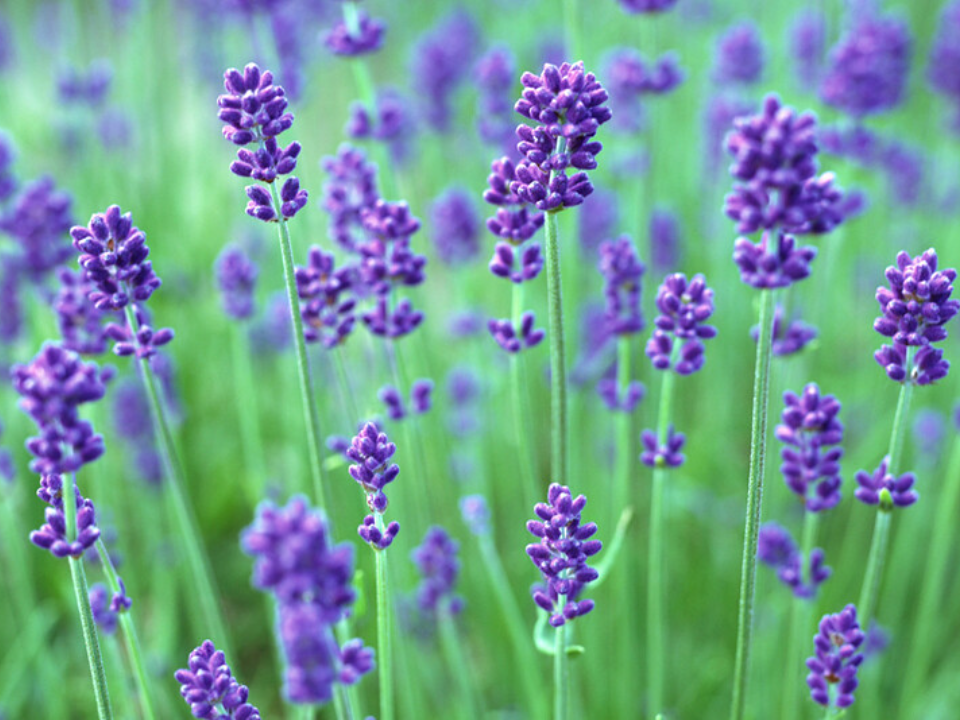
Lavender is a staple in gardens, known for its fragrant purple flowers. While typically a summer bloomer, late-blooming varieties such as Lavandula angustifolia continue to offer beautiful purple blooms in the fall.
These plants thrive in well-drained soil and full sun, and they’re excellent for attracting bees and butterflies. Lavender is also drought-tolerant, making it a low-maintenance addition to the garden that continues to provide color and fragrance even as the weather cools.
This article originally appeared on Avocadu.
